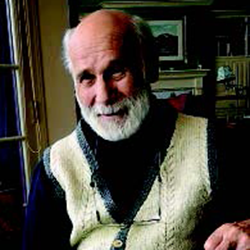
STEVEN C. SWETT ’52
BALTIMORE MUSEUM OF INDUSTRY
By the mid-19th century, iron had become an integral part of the American economy, used in ships, railroads, factory machinery, and tall buildings. A major supplier of that material at the time was Robert Poole, a self-taught machinist-engineer whose company in Maryland provided iron for private industry and the U.S. government, most notably for the columns that surround the dome of the U.S. Capitol Building. Poole was also the great-great-grandfather of STEVEN SWETT ’52, who tells the story of his relative and his enterprise, including the workers and the mechanisms they mastered. He writes that Poole built an efficient work culture that “depended on developing a deep reservoir of knowledge in his men, and a stable society—one where he valued his men for their craftsmanship fair more than he valued the machinery he put at their disposal.” Poole’s early years were spent on a farm in rural Ireland before he and his widowed mother embarked for America, arriving in the Port of Baltimore in 1824, when he was six. As a teenager, he began his education in ironworks as an apprentice to a blacksmith and later with the B&O Railroad. After marrying, he launched his own ironworks in the early 1840s—a propitious time, Swett writes, because of rising national demand for the product and a powerful new technology for extracting iron, called hot blast. Supplemented with illustrations by Stephen Marchesi, the book describes the processes workers followed and the tools they used to produce the iron. The workers faced long hours and hazards, as Swett details, with several losing fingers or suffering scalding injuries. He also writes about challenges Poole encountered, including a fire, a worker strike, and relocation outside the city to gain more manufacturing space. With the success of his business, Poole became a local benefactor, giving away millions to benefit educational institutions and churches. He died in 1903, a wealthy industrialist, yet “he remained ever the machinist, curious about how things worked and anxious to make them better,” Swett writes.